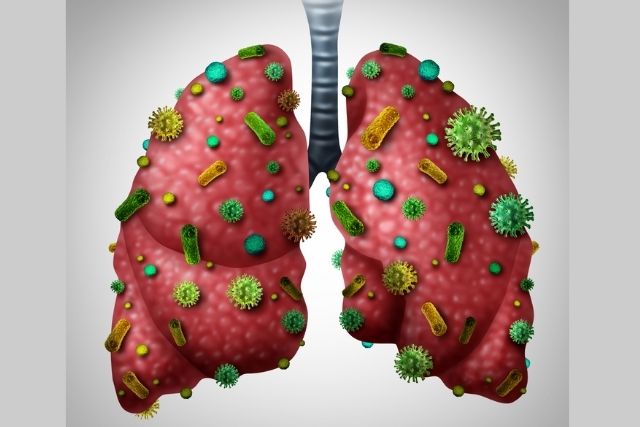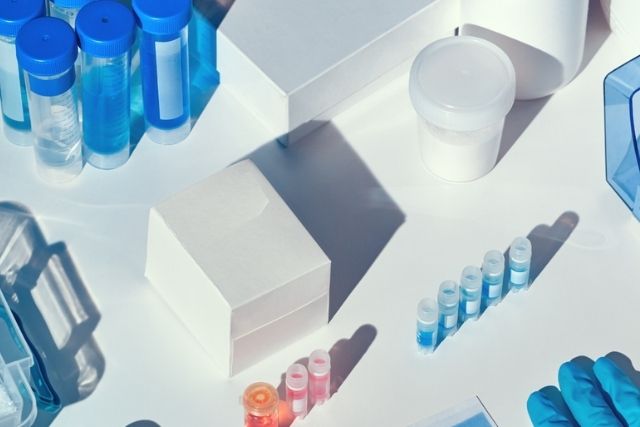The COVID-19 vaccine Corbevax was created by the Indian company Biological E. Limited. In common with other vaccinations like Novavax and certain hepatitis vaccines, it is based on a protein subunit technology.
Here’s how it works:
Antigen Production
A fragment of the spike protein that is present on the surface of the SARS-CoV-2 virus is present in Corbevax. Despite being innocuous on its own, this spike protein causes an immunological reaction.
Immune Response
Your immune system creates antibodies against the spike protein after receiving the vaccine because it perceives it as a foreign substance. The spike protein is only recognized by these antibodies.
Memory Cells
T cells and memory B cells are also produced. Because memory B cells “remember” the spike protein, your immune system will be able to quickly create antibodies to combat the actual virus in the future. The immunological response is coordinated in part by memory T cells.
Protection
After receiving the vaccination, your immune system is ready to create a response should you come into contact with the SARS-CoV-2 virus. Together, the antibodies and memory cells kill the virus, reducing the likelihood of infection or the severity of disease.
It is crucial to take both Corbevax dosages since the second dose serves as a booster to amplify and extend the immunological response. Since no vaccination offers 100% protection, public health measures like mask use and social seclusion may still be required in some circumstances, even if vaccines like Corbevax greatly lower the risk of serious illness and transmission.

































